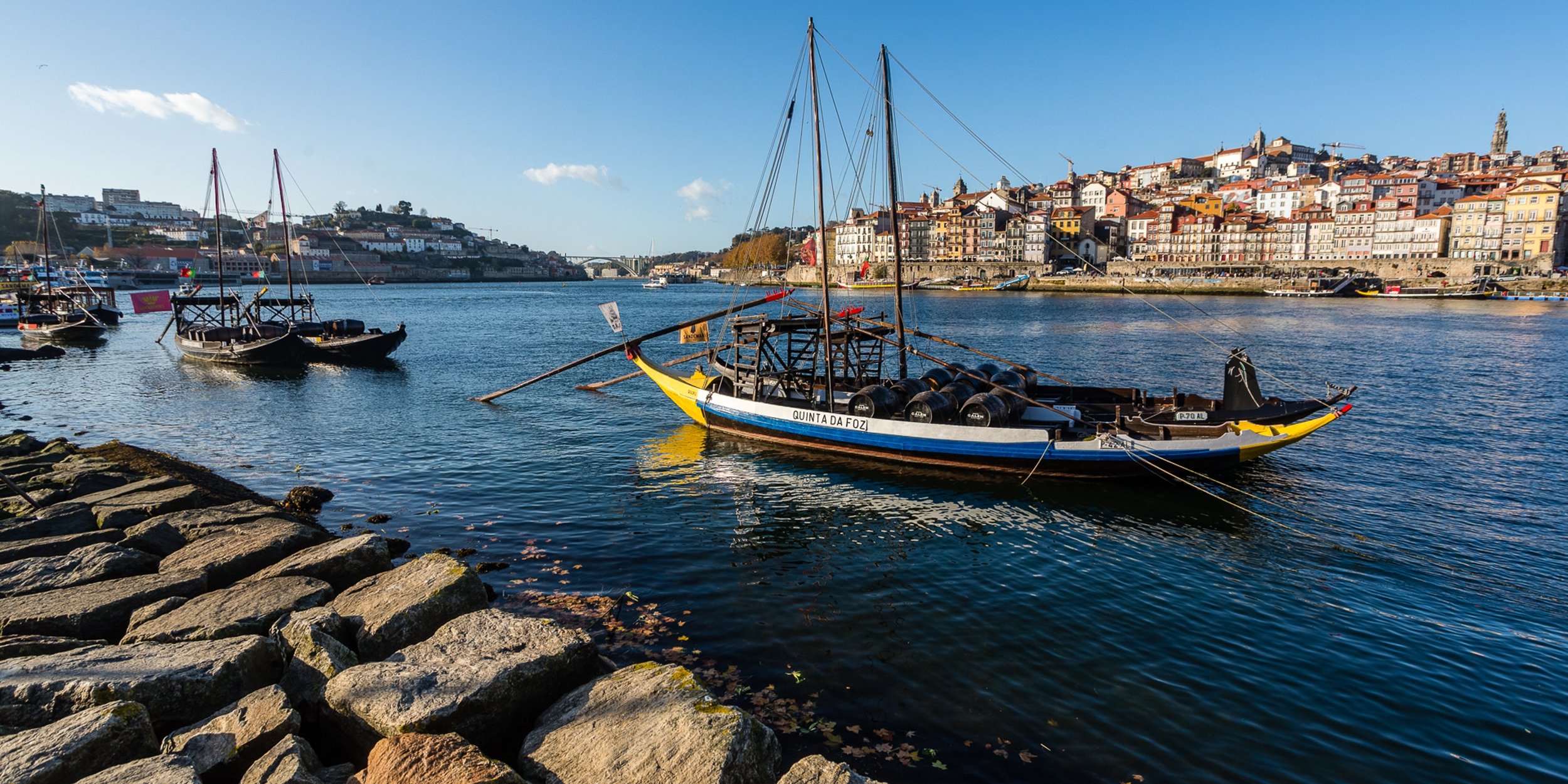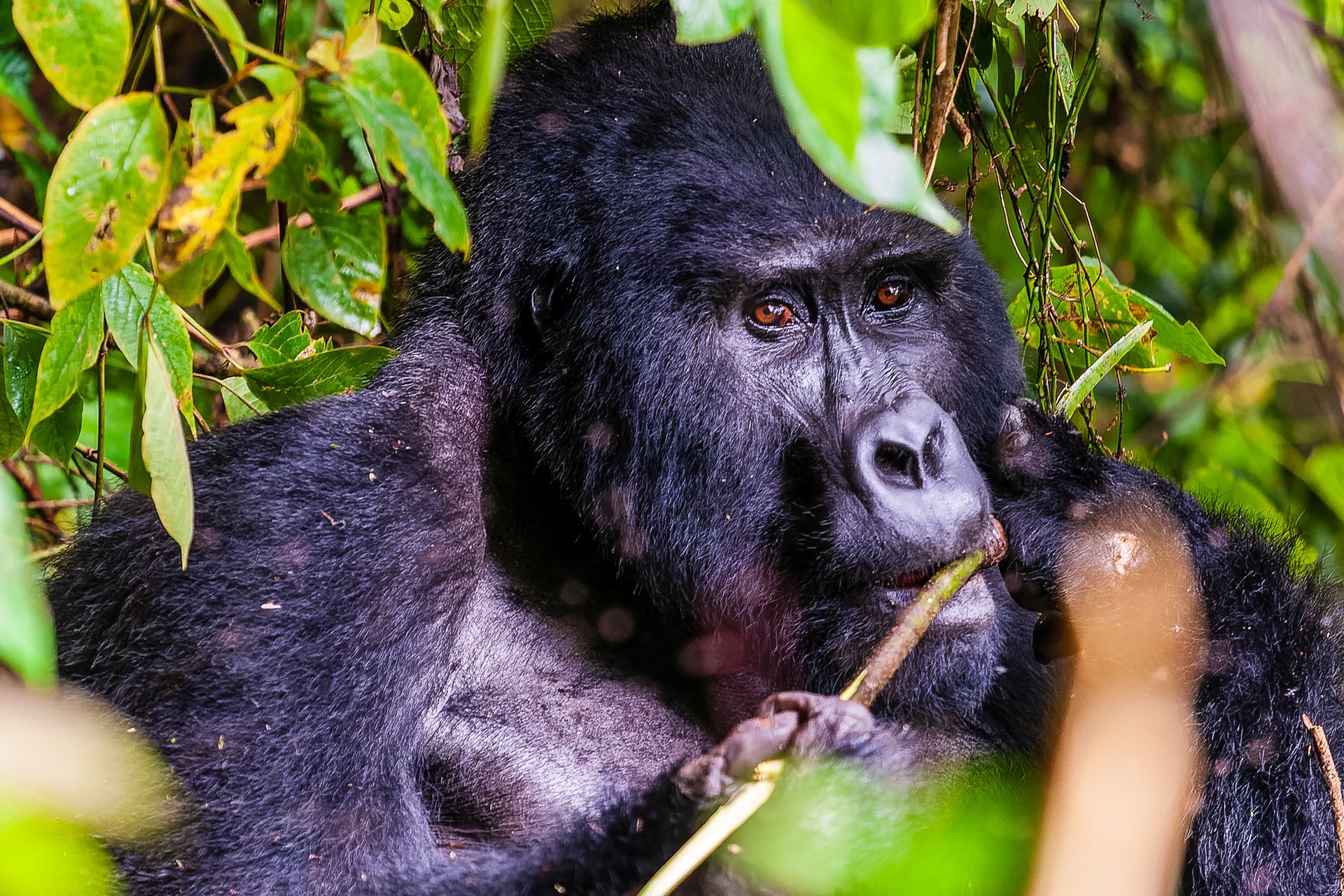Glanshammar
This charming spot, home to a close-knit community of around 727 inhabitants, offers a tranquil escape from the hustle and bustle of city life. Don't let its size fool you, though. Glanshammar may be small, but it's brimming with a unique character that's sure to leave a lasting impression. As you wander through the locality, you'll be captivated by the serene atmosphere and the friendly locals who call this place home.
Sights & Culture
Ödeby Kyrka
Originally this church was likely a farm church to Kägleholms, from around 1670, and over the years several famous people from history have owned land on the island and therefore also had patronage rights to the church, including Birgitta Birgersdotter - "the holy Birgitta". https://www.svenskakyrkan.se/glanshammar/odeby-kyrka
Kägleholms slottsruin
An important farm, originally called Tuna, it dates from 1541, but was not completed as a manor until 1680. It was never rebuilt after burning down in 1712 and was abandoned for many years. The interior and exterior were both reputed to be lavish and the on-site signage indicates the ownership of multiple dressers, a particularly fancy piece of furniture at the time.
Ulf Månsson, a lawyer and the son of the original owner of the property was married to Birgitta Birgersdotter, the famous Saint Birgitta. In 1541, the famous king, Gustav Vasa bought the property and renamed it to Kägleholm.
The roof was added in 1942 as part of archeological work.
As a visitor, you are free to explore the roofed ruins, which are largely below ground. The building sharing the green is a private residence, so visitors are encouraged to be respectful of the space.
https://www.lansstyrelsen.se/orebro/besoksmal/kulturmiljoer/kagleholms-slottsruin.html
Närkes Runinskrifter (Nä 34)
Easy to miss on the side of road, the Nasta Runestone has little option to park, but a few meters before the stone, there is a side road, with enough space to leave a car if you don't spend too much time there.
A small information board provides details on the stone, and its Viking age heritage. It is worth the effort to stop, particularly on route to Kägleholms.
The stone reads:
In Old Norse:
Þorhæiðr let ræisa stæin æftiʀ Lyðbiorn, sun sinn nytan
and translated to English
Þórheiðr had the stone raised in memory of Lyðbjôrn, her capable[bright and cheerful] son.
It was somewhat damaged in 1840 when a local farmer decided to improve the inscription.















